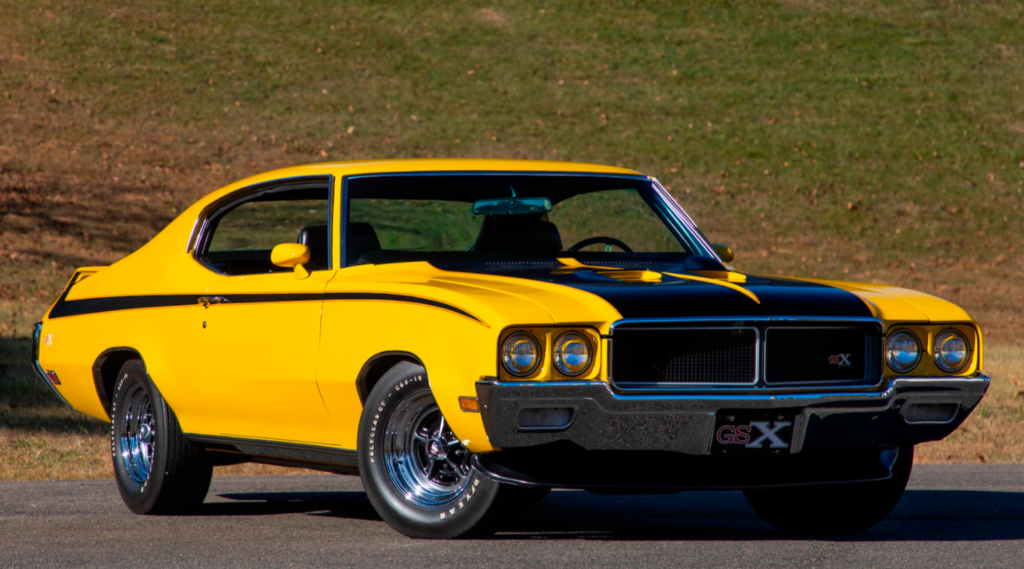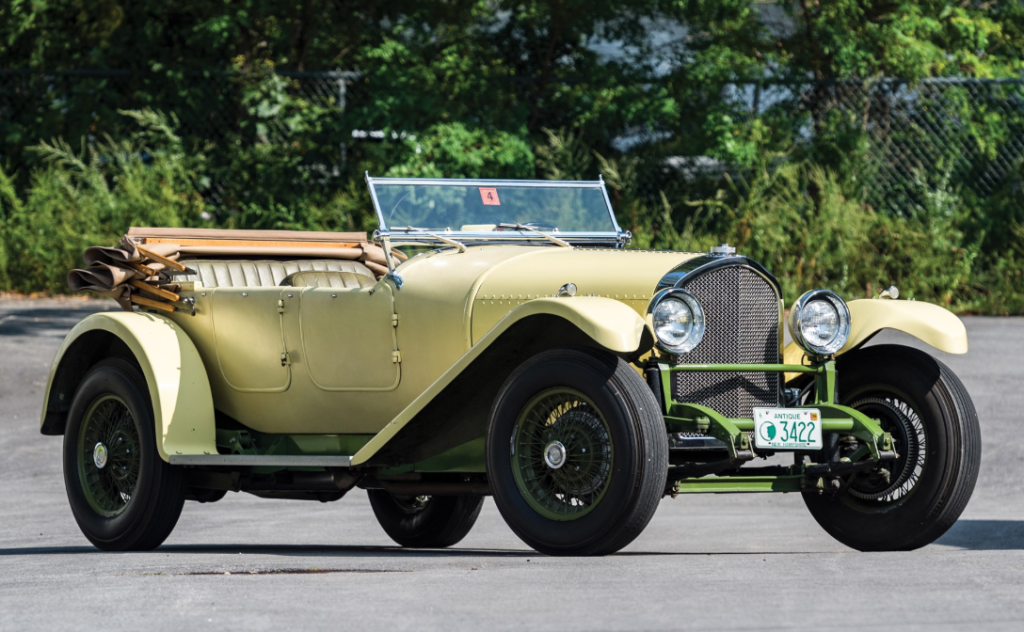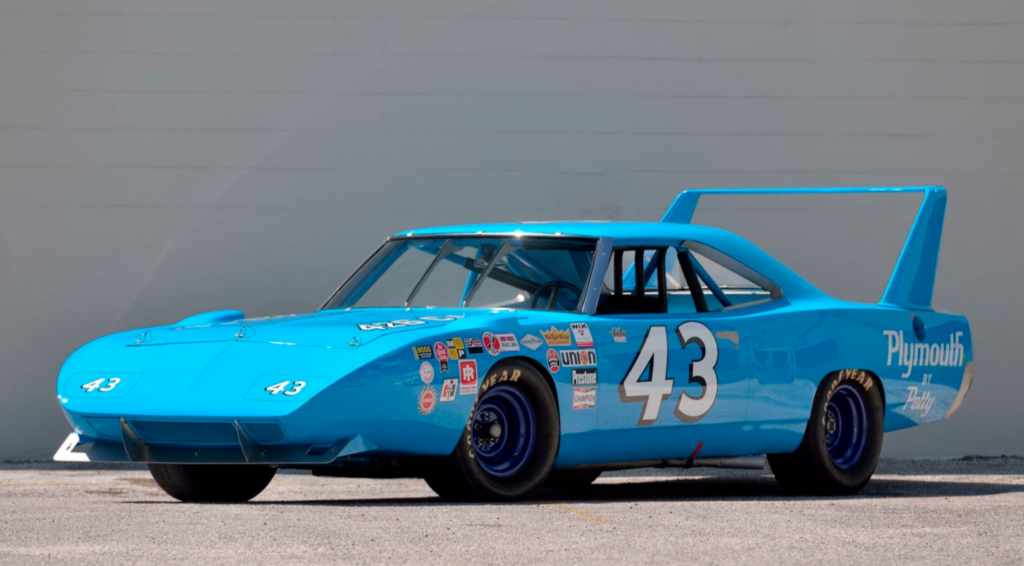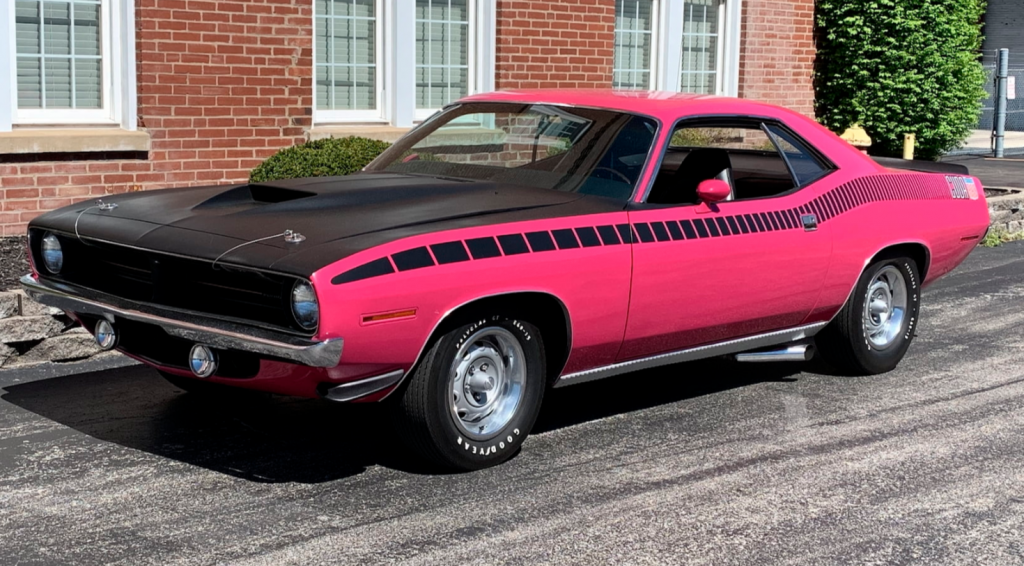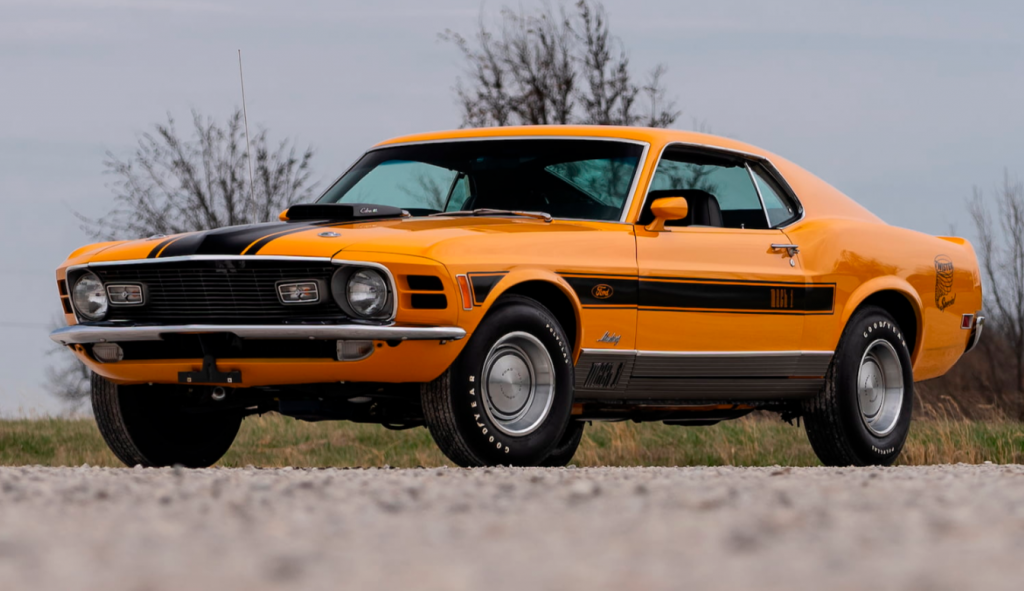1970 Mercury Cougar Eliminator Boss 302
Offered by Mecum | Indianapolis, Indiana | July 17, 2020
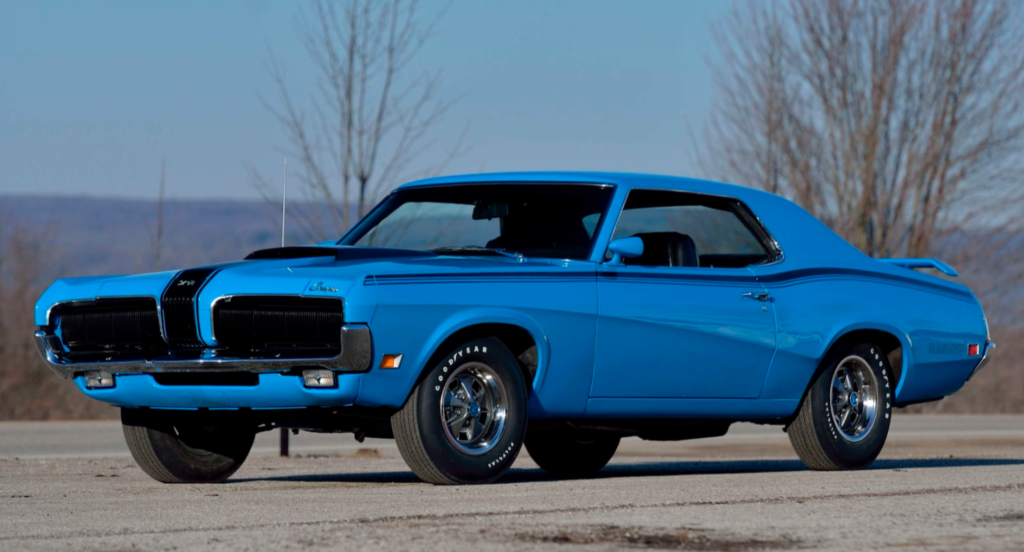
The Cougar was Lincoln-Mercury’s version of the Mustang, and it went on sale in 1967. It was restyled in 1969 to coincide with Ford’s Mustang update, and the ’69 and ’70 Cougars are probably the best of the breed.
Offered in those two years only was the Eliminator, which was the performance-oriented model. It was essentially Mercury‘s version of the Mustang Mach 1, and it came with an upgraded suspension, a front air dam, a rear spoiler, black body trim, and stripes. You could only get it as a hardtop, and any Cougar engine was available, in addition to the Mustang’s Boss 302 motor.
Which is what this car has. The 4.9-liter V8 was rated at 290 horsepower. Only 2,200 Eliminators were built in 1970, and only 323 were produced with the Boss 302 and a four-speed manual transmission. This car is finished in Bright Blue Metallic, one of four colors available on the Eliminator. It carries a pre-sale estimate of $115,000-$130,000, and you can read more about it here. See more from Mecum in Indy here.
Update: Sold $104,500.




